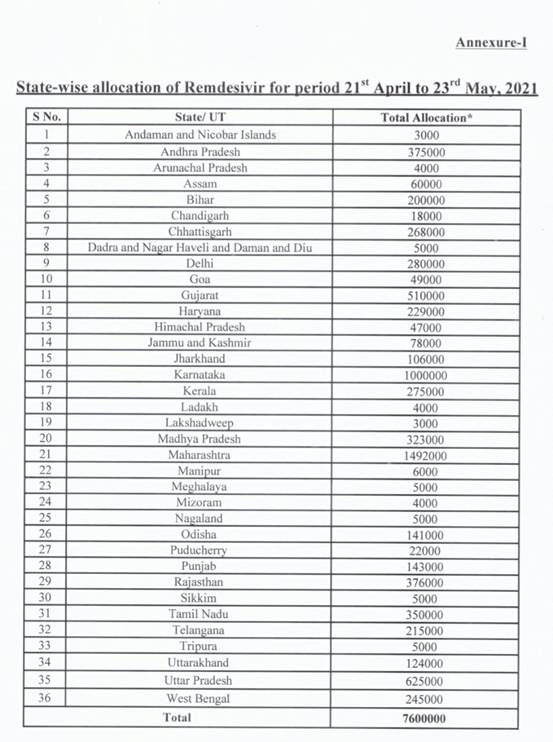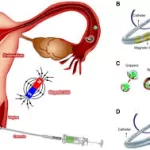A recent study has revealed that signs of asthma, a chronic respiratory disease affecting approximately one in ten children, can be identified as early as the first year of life. This groundbreaking research, published in The Lancet Digital Health, utilized health data from around 780 infants to better understand the risk factors associated with asthma development.
Led by Professor Urs Frey of the University of Basel and the University Children’s Hospital Basel, alongside Dr. Uri Nahum and an international team of researchers, the study examined how various environmental and genetic factors interacted during the infants’ first year. The goal was to identify predictors of asthma by analyzing the dynamic development of respiratory symptoms, such as coughing and wheezing.
A Network of Interacting Factors
Asthma is known to arise from a complex interplay of multiple risk factors, including genetic predisposition, exposure to passive smoking, high levels of air pollution, and respiratory infections. Each of these factors has only a minor influence on its own, but their interaction over time significantly increases the likelihood of developing asthma, according to the research team’s hypothesis.
“Observing this interaction of risk factors in the context of dynamic development over time is a new way of looking at chronic illnesses,” noted Frey, emphasizing the novel approach taken in the study. By calculating weekly interactions between risk factors for every child, the researchers were able to predict which infants were more likely to develop asthma between the ages of two and six.
Lung Adaptation in Early Life
One of the key findings of the study was the role of lung adaptation in response to environmental factors. The researchers noted a distinct difference in the way lungs developed in children who later developed asthma compared to those who did not. The process of the lungs adapting to external stimuli, such as allergens or pollutants, was a critical factor distinguishing the two groups.
“This is a practical example of the value of digital health data, which were first quantified mathematically using dynamic network analyses,” explained Frey.
While these findings represent a significant step forward in understanding asthma development, they cannot yet be used to make early diagnoses in individual children. However, Frey is optimistic about the future potential of such research: “With greater amounts of data and machine learning, it would certainly be conceivable to calculate a risk profile for individual children in the future.”
The Role of Digital Health
The study demonstrates the growing importance of digital health data in medical research. Collecting real-time health data via smartphone apps and other digital tools has made it easier to track how risk factors for chronic diseases like asthma evolve over time. The use of digital health technology enabled the researchers to quantify and analyze the progression of respiratory symptoms in a way that was not previously possible.
The research, conducted in collaboration with institutions such as the University of Applied Sciences and Arts Northwestern Switzerland and the Inselspital Bern, also drew from two European cohort studies—”Basel-Bern Infant Lung Development” (BILD) and “Protection Against Allergy: Study in Rural Environments” (PASTURE). These studies provided comprehensive health data that enabled researchers to track the infants’ lung development and identify early warning signs of asthma.
Looking Ahead
The findings from this study have opened new doors in the fight against chronic respiratory diseases. As digital health technologies and machine learning continue to advance, the ability to predict and possibly prevent asthma in individual children may soon become a reality. For now, this research offers hope that early interventions could be designed to reduce the global burden of asthma, a disease that continues to affect millions of children worldwide.











